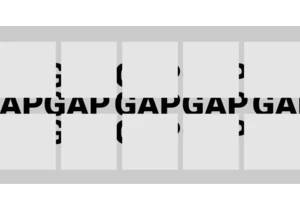The Web Performance Calendar just started up again this year. The first two posts so far are about, well, performance! First up, Rick Viscomi writes about the mythical “fast” web page:
How you approach measuring a web page’s performance can tell you whether it’s built for speed or whether it feels fast. We call them lab and field tools. Lab tools are the microscopes that inspect a page for all possible points of friction. Field tools are the binoculars
… Read article “Web Performance Calendar”
The post Web Performance Calendar appeared first on CSS-Tricks. You can support CSS-Tricks by being an MVP Supporter.
Accedi per aggiungere un commento
Altri post in questo gruppo

Layout. It’s one of those easy-to-learn, difficult-to-master things, like they say about playing bass. Not because it’s innately difficult to, say, place two elements next to each other

I was playing around with scroll-driven animations, just searching for all sorts of random things you could do. That’s when I came up with the idea to animate main headings and, using scroll-driven

This is the fourth post in a series about the new CSS shape() function. So far, we’ve covered the most common commands y

Styling the space between layout items — the gap — has typically required some clever workarounds. But a new CSS feature changes all that with just a few simple CSS properties that make it easy, ye

Being the bad boy I am, I don't take Tailwind's default approach to cascade layers as the "best" one. Over a year experimenting with Tailwind and vanilla CSS, I've come across what I believe is a b


KelpUI is new library that Chris Ferdinandi is developing, designed to leverage newer CSS features and Web Components. I've enjoyed following Chris as he's publishe
